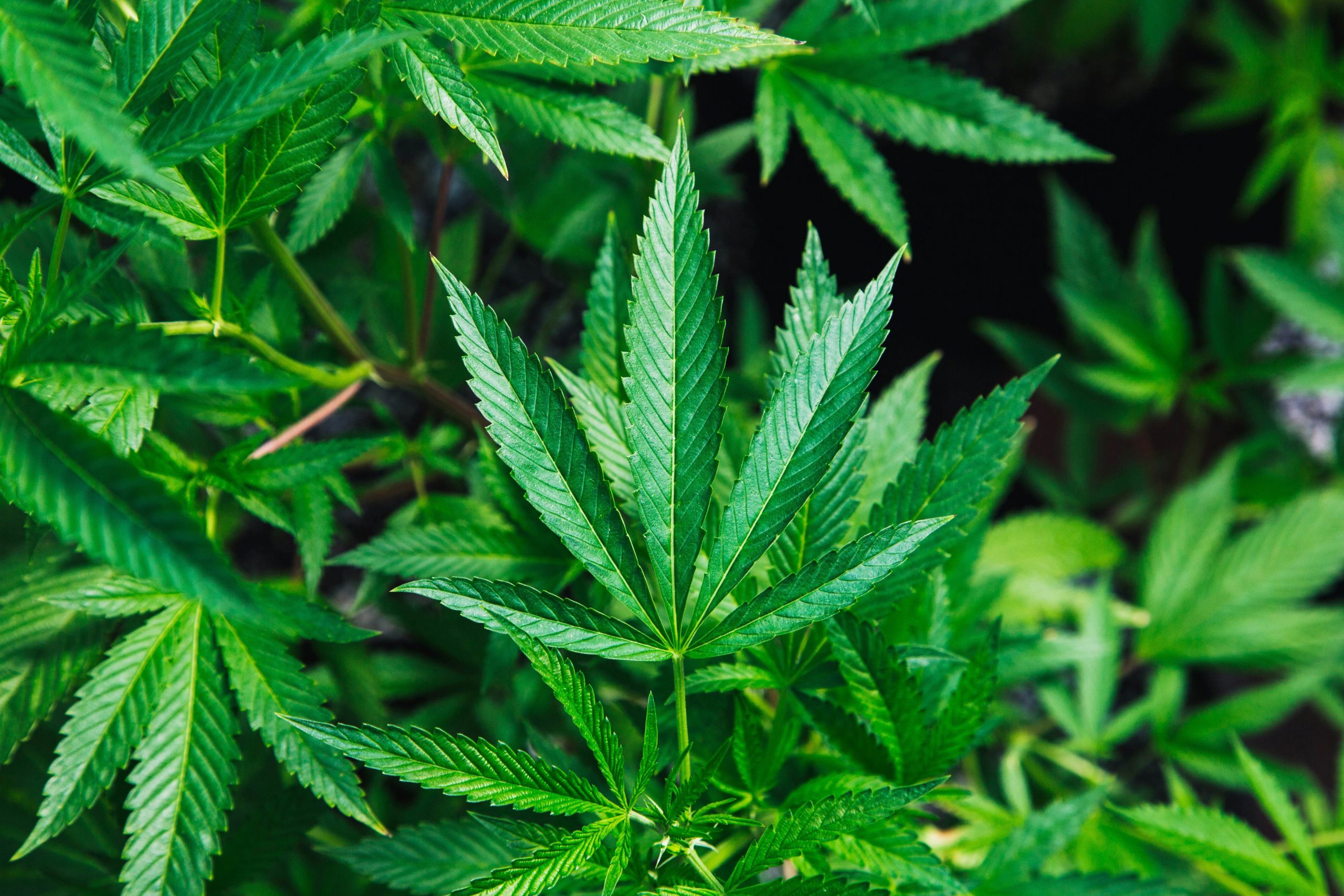
Last week on the eve of my 19 year-old daughter’s departure for university, the last of our three children to leave, we shared wine over Korean barbecue. To hear some industry commentary on wine’s future, you’d think that a young person drinking wine was the most memorable aspect of this milestone family dinner.
The wine world has been in a flap since the publication in January of Silicon Valley Bank’s annual State of the U.S. Wine Industry report for 2024. It showed that wine sales in the US fell three per cent last year, the third fall in a row. Worse, the report’s polling found that only 16 per cent of drinkers aged 21-34 said wine was the drink they were most likely to take to a party. In the latest of a steady stream of stories in this vein, last week the Guardian reported that only a quarter of 18- to 24-year-olds own a corkscrew (fourth-fifths of over-65s do.)
Some commentators have blamed the focus of Generation Z (those born between 1996 and 2010) on wellness and healthy living. A 2023 Gallup poll found that in the UK, nearly a third of those aged 18-24 don’t drink alcohol at all, up from 18 per cent in 2011. The number of young teetotallers is growing in the US, France and Germany too.
And especially in the US, alcohol has serious competition from cannabis, now legal for recreational use in almost half of US states. Statistics suggest that over a quarter of American 19-30 year-olds consume the drug on at least a monthly basis, a figure that has been rising steadily.
As you might expect from the nation that invented déclinisme, France has been worrying about the trend for some time. French moaning over the drinking habits of génération TikTok is tediously common: if I had a euro for every vigneron who has told me that young people prefer beer and cocktails, I could, well, buy a round of Margaritas.
But just a glance at the UK wine press shows that it’s a pressing concern here too. At a Wine Society panel discussion on “The Future of Wine” earlier this month, the challenge of appealing to younger drinkers loomed large.
I’m not in the business of selling wine. But I think we need to calm down here. For a start, young people’s drinking habits aren’t actually so different from other age groups. Ivana Mitic of analyst IWSR tells me: “Wine volume in the UK has been on a downward trend for the last few years. However, this is a general trend, true for the entire population.” The trend for abstention is slightly higher among the young, but increasing in the whole population too, nudged up by a newly aggressive anti-alcohol lobby.
Mitic adds, “In France, we observe similar overall patterns.” Official figures from FranceAgriMer bear this out. The fall in French (red) wine consumption since 1980 has been similar across all age groups. Those 1664-and-Mojito-guzzling French youngsters? Actually, sales of both beer and spirits in France have been fairly static for many years. What’s more, back in 1980 just 25% of French 20-24 year-olds drank wine regularly.
This is because wine drinkers are a simply an older demographic. Wine is, on average, pricier per unit than beer: people buy it more when they have greater disposable income. Thus millennials (those born 1981-1996), whose consumption the industry once fretted about, are now among the most enthusiastic wine drinkers. Last year’s US Wine Consumer Benchmark Segmentation Survey conducted longitudinal analysis comparing the wine consumption of Gen X (those born 1965-1980), millennials, and Gen Z drinkers: it found that millennials now consume more wine than the either of other two generations.
Nevertheless, the trend in wine sales globally is indeed down, falling 2.6 per cent last year to the lowest level since 1996. Last month on Felicity Carter’s Drinks Insider podcast, Lulie Halstead of IWSR predicted that in the 10 years to 2028, global wine consumption will have dropped by 20 per cent.
Yet while overall sales are falling, it is mass-market wines that are in trouble. In July when big US brand producer Vintage Wine Estates went bust, it cited an “unanticipated steep decrease in demand”. As US blogger Jason Wilson has argued, the problem isn’t that people don’t like wine – they’re just abandoning industrial, entry-level brands. Likewise this year’s farmers’ protests in Bordeaux and the Languedoc were really about prices paid by big brands and supermarkets for cheap plonk. Yes, there are jobs at stake here – but bluntly, the wines wouldn’t be any great loss.
By contrast, the kind of small producers that I mostly write about don’t appear to be having any such problems. Or take the largely artisanal natural wine movement in Europe: those growers don’t seem to have trouble selling wine at premium prices – or in attracting younger drinkers, to judge by the buzz at natural wine gatherings.
Ironically for an industry steeped in tradition, Europe’s wine trade is thinking a bit ahistorically. Few wine writers will admit it, but drinking trends have always been governed in part by fashion. Last month in Anjou, Christophe Daviau of Domaine de Bablut was telling me how Chenin Blanc vines got ripped out in the 1970s in favour of then-more-fashionable reds, followed by the prominence of sweet Chenins in the foie-gras-mad 1980s and 90s. And then “sweet wines went out of fashion in about 2005”: he has stopped making several of his Coteaux de L’Aubance cuvées in favour of sparkling wine.
Or think about how deeply naff cocktails were in the 1980s, or the way the gin boom is now juddering to a halt as drinkers move on to other spirits.
These things change, for no particular reason except people getting bored and deciding something else is cooler. Wine: the cool kids’ new thing in 2026? You read it here first.
Andrew Neather blogs about wine and food at https://aviewfrommytable.substack.com; photo by Rick Proctor on Unsplash